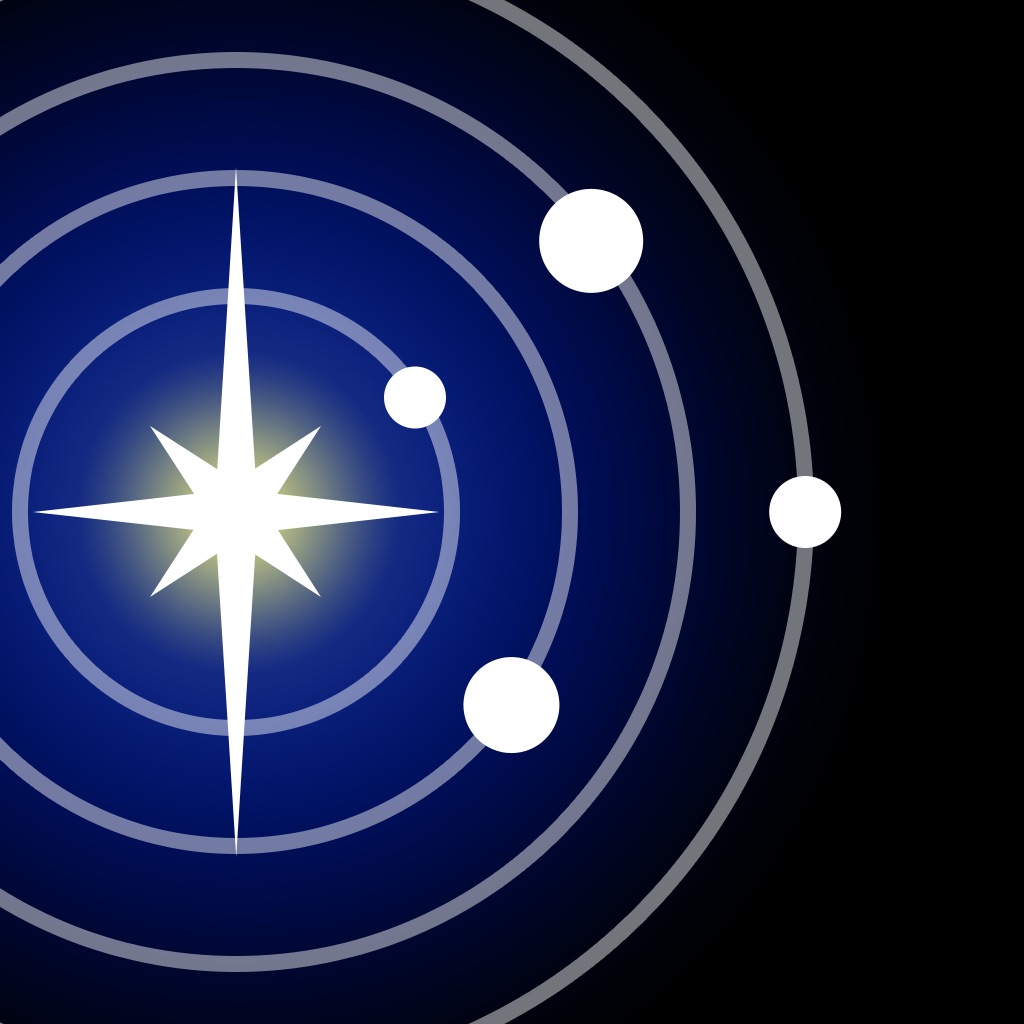

“When kids come and see the model, their eyes brighten,” Negus said. Among other changes, the Voyage Mark II model displays the planets in glass blocks with laser etchings. Thirty-five years of Boulder weather have taken their toll on the installation, so Negus and others across campus hit the pavement to raise funds for a new one. The new model will also include a memorial for astronauts who died aboard the Space Shuttle Columbia in 2003, including alumna Kalpana Chawla. After the Challenger disaster of 1986, it also became a memorial for alumnus Ellison Onizuka and other astronauts who died on that space shuttle. The solar system model captures these distances with educational signs rather than small balls of clay. Neptune, however, orbits more than 30 times farther away. Earth, for example, sits relatively snug to the sun at an average distance of about 93 million miles. “You see those NASA photos and they make you think the planets are close together.” “I realized there were a lot of misconceptions, even among college students, about the scale of our solar system,” said Bennett, who runs a company called Big Kid Science from his home in Boulder. Gordon Gee attend the unveiling of the original Colorado Scale Model Solar System in 1987 bottom: Tom Ayres, left, a senior research associate at the Center for Astrophysics and Space Astronomy (CASA) at CU Boulder, helps to lift the central pyramid for the model solar system into place in 1987. Top: From left to right, Lorna Onizuka, widow of Ellison Onizuka, CU Boulder Chancellor James Corbridge and CU President E. Artist and designer Teri Rueb led the team that developed Wanderers. The app allows users anywhere on campus to hear the planets as they move through space, transforming campus into a sometimes-eerie symphony.
Solar walk planets install#
CU Boulder is the first institution in the world to install a Voyage Mark II model, and the Fiske team hopes other universities will follow suit.įor the first time, space buffs can supplement that experience by downloading an iPhone app called Wanderers.

“At the scale of the new model, to get to Proxima Centauri, the star nearest to our solar system, you’d have to travel from Boulder to the Panama Canal.”Ĭhancellor Philip DiStefano and other campus dignitaries will usher in the cosmic experience at a ribbon-cutting event at 4:30 p.m. “As humans venture farther and farther into the universe, these types of distances are going to be so important to understand,” said Negus of the Department of Astrophysical and Planetary Sciences.

CU Boulder faculty members John Keller and Seth Hornstein helped Negus make it all a reality. The installation shows visitors just how big space is, filled with vast distances that are hard for textbooks to capture. It’s based on a model developed by the National Center for Earth and Space Science Education called the Voyage Mark II. Graduate student James Negus helped bring the new model to campus. You start off near the planetarium where a grapefruit-sized sphere represents the sun, then walk for about a third of a mile, passing exhibits for all eight planets on the way. Earth, which has a diameter of 7,917 miles, is now roughly the size of a pepper grain. The model solar system, which has delighted campus visitors since 1987, squishes space down by about 10 billion times.
Solar walk planets plus#
This week, Fiske Planetarium and Sommers-Bausch Observatory is unveiling the next generation of the Colorado Scale Model Solar System, plus an associated smartphone app that sets out to “sonify” Earth’s cosmic neighborhood.


 0 kommentar(er)
0 kommentar(er)
